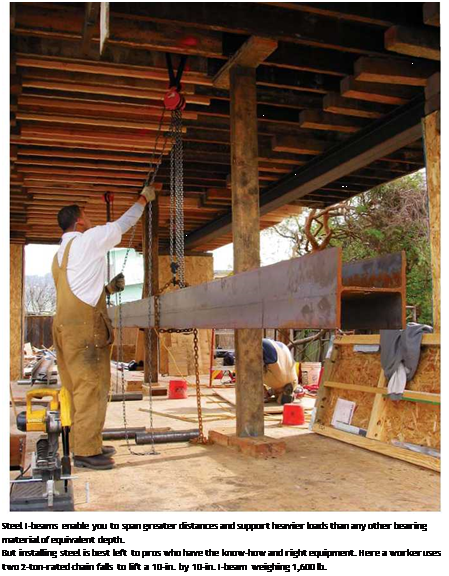Structural and Nonstructural Panels
Plywood and OSB are the structural panels most often specified to sheathe wood framing and increase its shear strength. For example, a 20-ft. wall sheathed with %6-in. plywood can withstand more than a ton of lateral force pushing against the top of the wall.
Structural plywood is made by laminating softwood plies. Each panel is stamped to indicate veneer grade, species group or span rating, thickness, exposure durability, mill number, and certifying agency.
Veneer grades. Veneer grades range from A to D, with letters appearing in pairs to indicate the front and back veneers of the panel. "A/B Exterior,” for example, has a grade A front veneer, a grade B back veneer, and grade C inner plies...
read more





